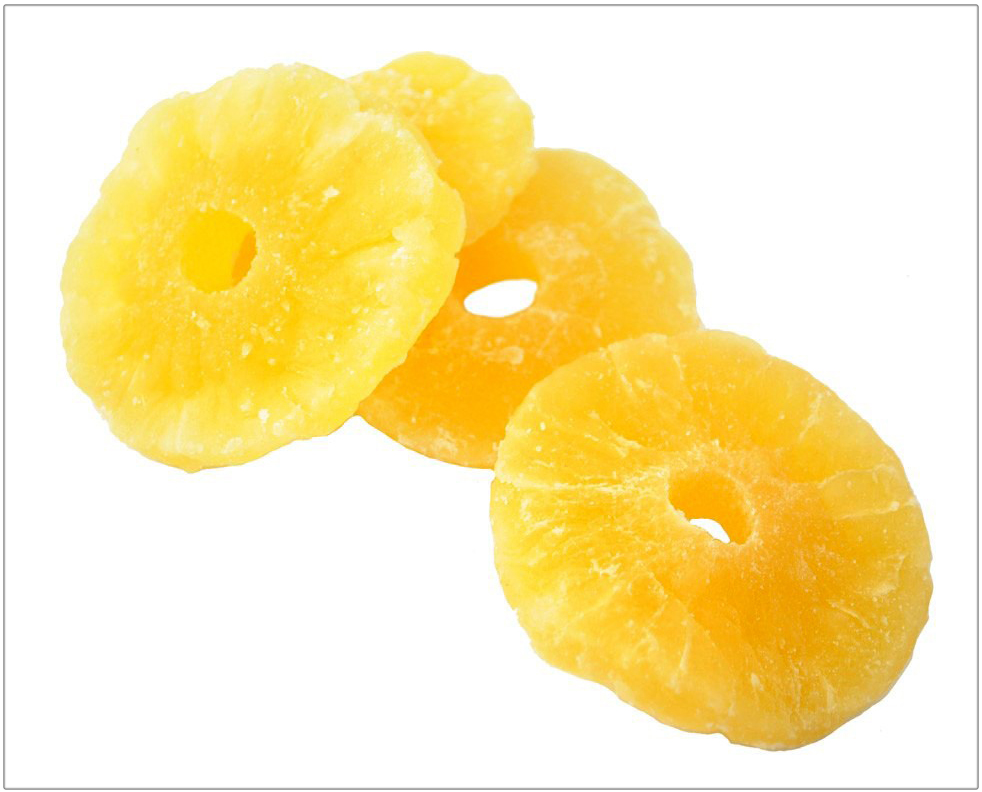Your Guide to Making and Using Dried Pineapple
Pineapple is a tropical plant and its fruit can be consumed as a fresh fruit or in the form of juices or as a jam. Pineapple is rich in fiber content which helps in reducing the cholesterol level. Pineapples have high carbohydrates and a modest quantity of protein but have high sugar levels as the drawback. Let us see what are the steps involved in drying the pineapples. The outer skin of the pineapples needs to be peeled off and the inner part is cut into slices or even chopped into pieces and then it is placed for dehydration for about 70 plus hours at a temperature around 100 degrees(F). Store the dried pineapple in a clean, dry and airtight container. It should be noted that it is stored away from sunlight since the color of the pineapples tends to change when it is exposed to light radiations.
Dried fruits are mostly versatile and they are generally used as salads, ice creams and in food deserts. Dried pineapple doesn’t have the same texture or nutrient qualities as the fresh fruit. Pineapples can be dried even using freeze-drying technology. This method requires the pineapples to be frozen quickly and then pressurized so that it loses all its moisture. Sulfur dioxide is used in order to preserve the yellow color texture in the pineapple. The pineapples can be used as a snack by adding the coated sugar to avoid the sourness. The dried pineapple should be chewy and not crunchy. In each pineapple rings there are around 65-70 calories and 1 gram of fiber. Lastly, pineapples which have sugar coating taste better to taste than the ones without sugar.
